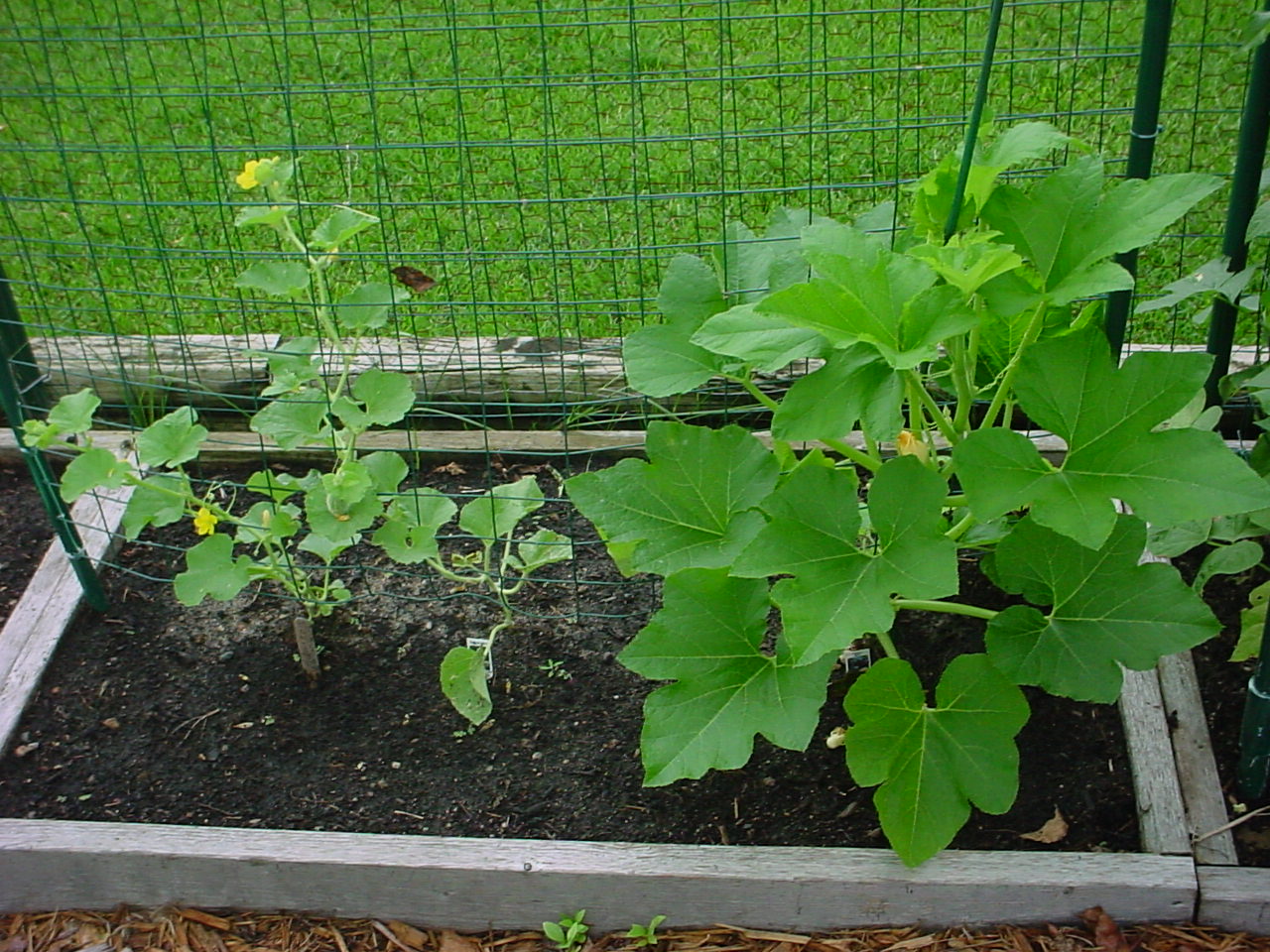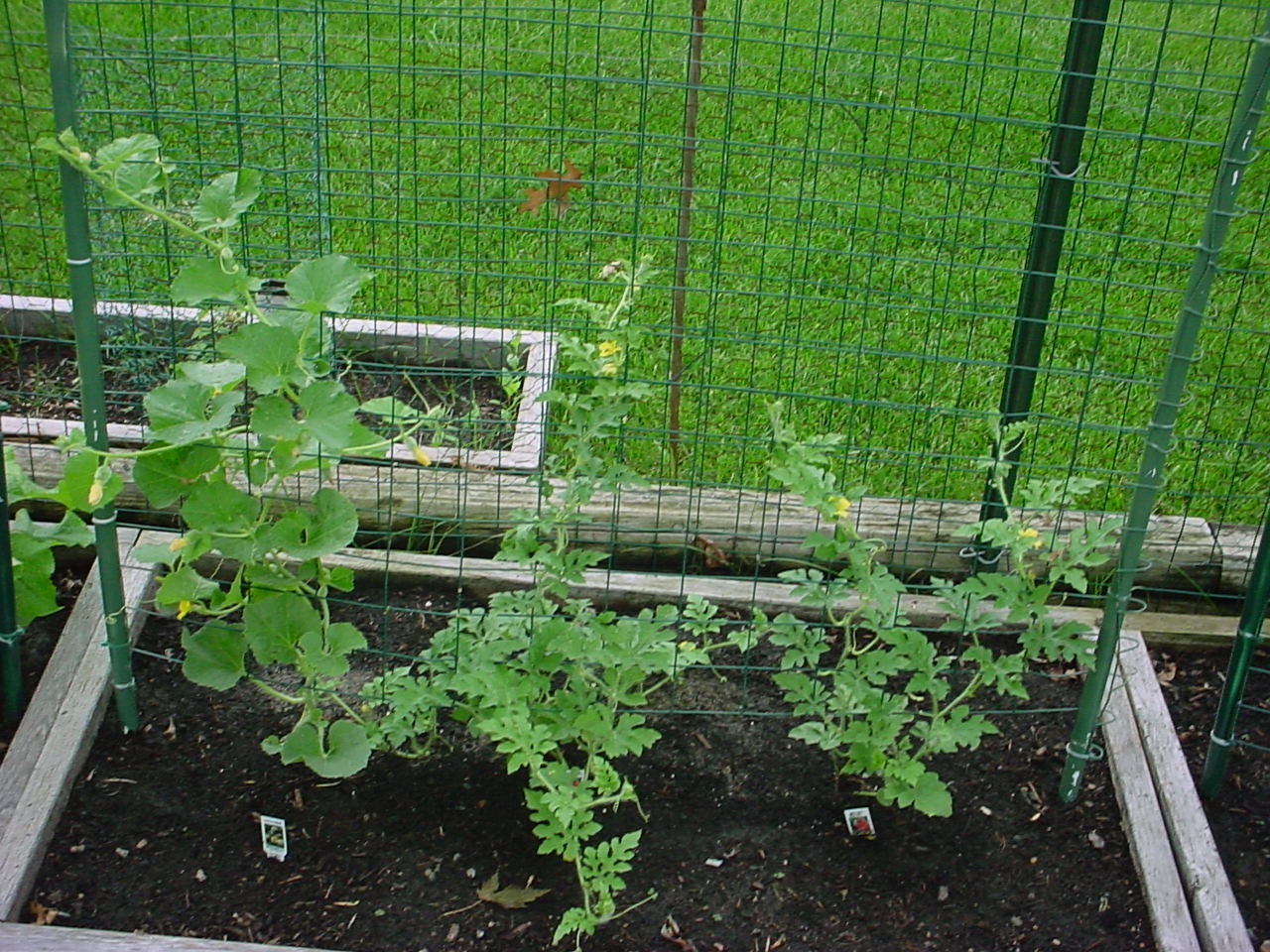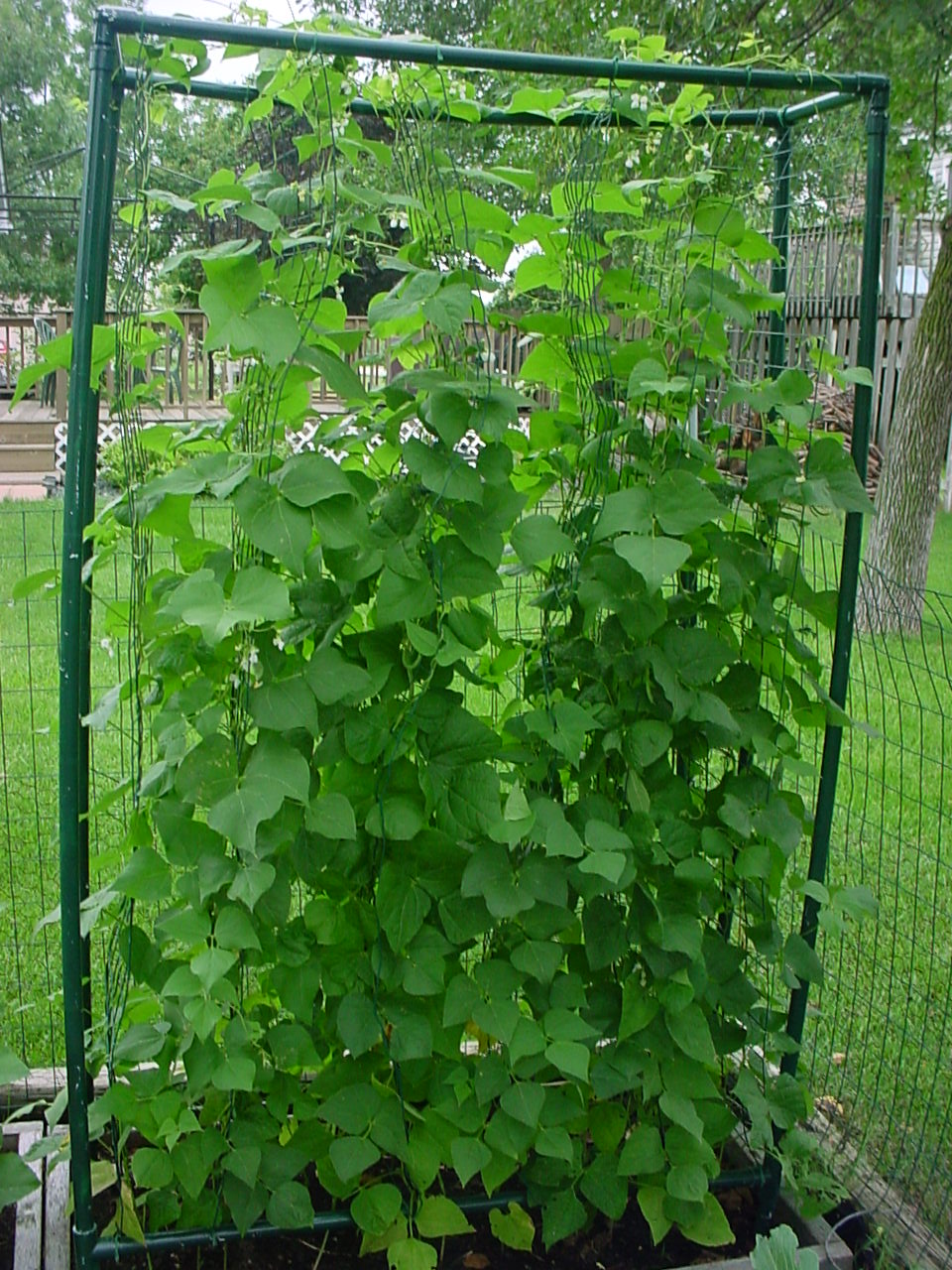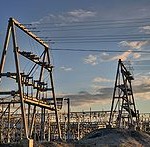If you pull up to a business that has an armored car sitting outside of it, the prudent thing might be to wait to go in until the armored car is gone. If Mr. Dirtbag wants to rob said armored car, the most opportune time would be when the Guard is returning to the truck with the money.
Now you might be thinking that there are not that many armored car robberies. According to this article on a recent armored car robbery:
“Nationwide, there were 47 armored car robberies in 2010, and 21 such robberies through June 30, 2011, according to FBI statistics…”
Please click here to vote for Prepared Christian as a top Prepper site!
If you liked this article please think about sharing it on the social media listed below, thanks!



















